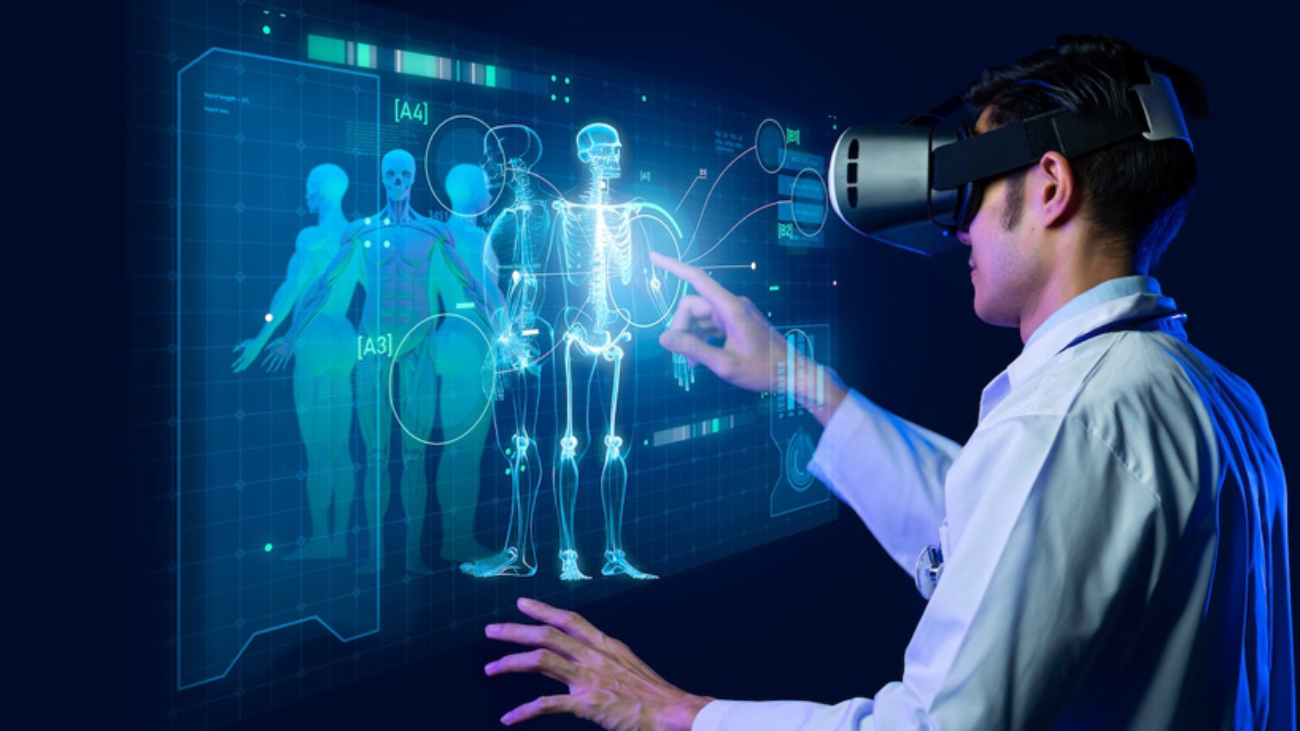Artificial intelligence (AI) is a rapidly evolving technology that allows machines to perform tasks that would normally require human intelligence, such as learning, problem-solving, and decision-making. AI systems can analyze massive amounts of data, identify patterns, and make predictions or recommendations based on the information they receive. From self-driving cars to virtual assistants, artificial intelligence is transforming industries and our way of living and working. AI is transforming radiology by improving diagnostic accuracy, workflow efficiency, and, ultimately, patient care. AI technologies are poised to revolutionize how radiologists interpret images and make clinical decisions, thanks to their ability to quickly and accurately analyze vast amounts of medical imaging data. This article explores the numerous benefits of artificial intelligence in radiology and how it is reshaping the landscape of medical imaging.
One of the most important benefits of AI in radiology is its ability to improve diagnostic accuracy. AI algorithms are capable of analyzing medical images with greater precision and consistency than humans. AI systems can detect subtle abnormalities that human radiologists may miss, resulting in earlier and more accurate diagnoses. This improved accuracy can have a significant impact on patient outcomes because early detection of diseases like cancer can improve treatment outcomes and overall survival rates.
Another important benefit of AI in radiology is its ability to increase workflow efficiency. Radiologists frequently deal with large volumes of imaging studies that must be interpreted quickly and accurately. AI technologies can help streamline the process by prioritizing critical cases, flagging abnormalities for further review, and automating routine tasks such as image segmentation and measurements. AI can help radiologists focus on more complex cases and give patients better care by cutting down on the time and effort needed for image analysis.
By customizing treatment plans for each patient based on their individual characteristics, artificial intelligence in radiology is also facilitating the practice of personalized medicine. AI algorithms can assist in predicting patient outcomes, identifying the best course of treatment, and tracking the progression of a disease over time by evaluating imaging data in conjunction with other clinical information. This personalized approach to medicine can prevent needless procedures or interventions, which can result in more effective treatments, better patient outcomes, and lower healthcare costs.
The use of quantitative imaging in radiology, which involves obtaining quantitative measurements from medical images to produce standardized and objective evaluations of the severity of a disease and its response to treatment, is also being fueled by AI technologies. Artificial intelligence (AI) algorithms can assist radiologists in making better judgments regarding patient care, precisely tracking the course of diseases, and impartially evaluating the effectiveness of treatments by analyzing imaging data quantitatively. In the end, this quantitative approach to imaging may produce more reliable and consistent results, enhancing clinical outcomes and patient care.
While AI has the potential to improve radiology workflow efficiency and diagnostic accuracy, it’s crucial to stress that AI is not intended to replace human radiologists but rather to supplement their abilities. To provide patients with the best care possible, radiologists can collaborate more successfully by utilizing the advantages of both AI and human expertise. AI tools can help radiologists with image interpretation, identify anomalies for additional examination, and offer decision support while radiologists contribute their clinical knowledge and judgment to the diagnosis process.
Notwithstanding AI’s many advantages in radiology, certain issues and problems must be taken into account. Concerns about data quantity and quality, algorithm interpretability and transparency, regulatory approval and clinical workflow integration, and ethical issues like patient privacy and data security are a few of these. To guarantee the safe and efficient use of these instruments, healthcare organizations must carefully consider these factors before implementing AI technologies in radiology.
Artificial intelligence is transforming the field of radiology by improving diagnostic accuracy, increasing workflow efficiency, enabling personalized medicine, driving the adoption of quantitative imaging, and augmenting human intelligence. Radiologists can improve patient outcomes by using AI technologies to make more informed clinical decisions, give patients better care, and ultimately improve patient outcomes. AI is predicted to have an exponentially greater impact on radiology as it develops and matures, changing the course of medical imaging and fundamentally altering the practice of medicine.


Add a Comment